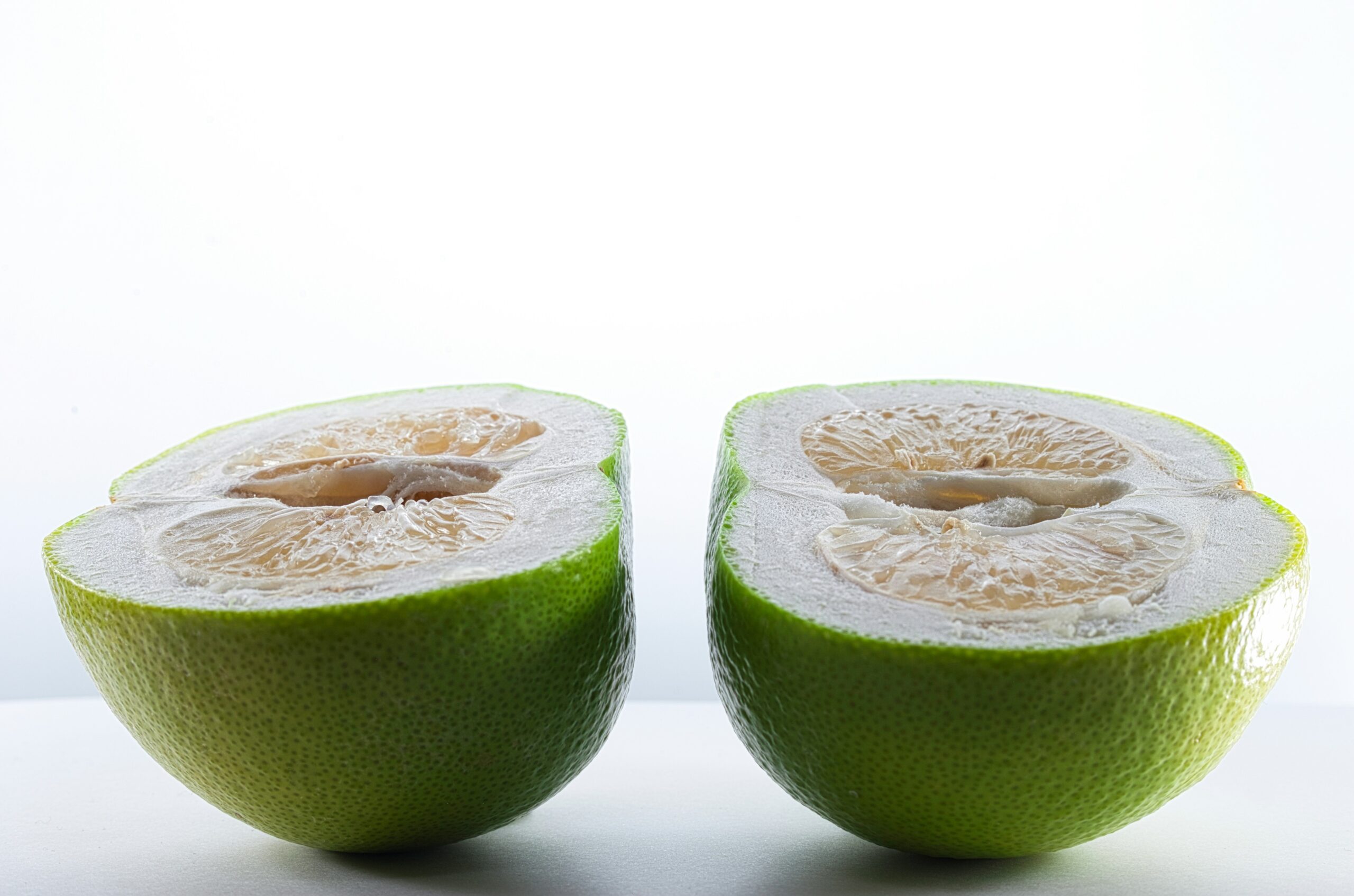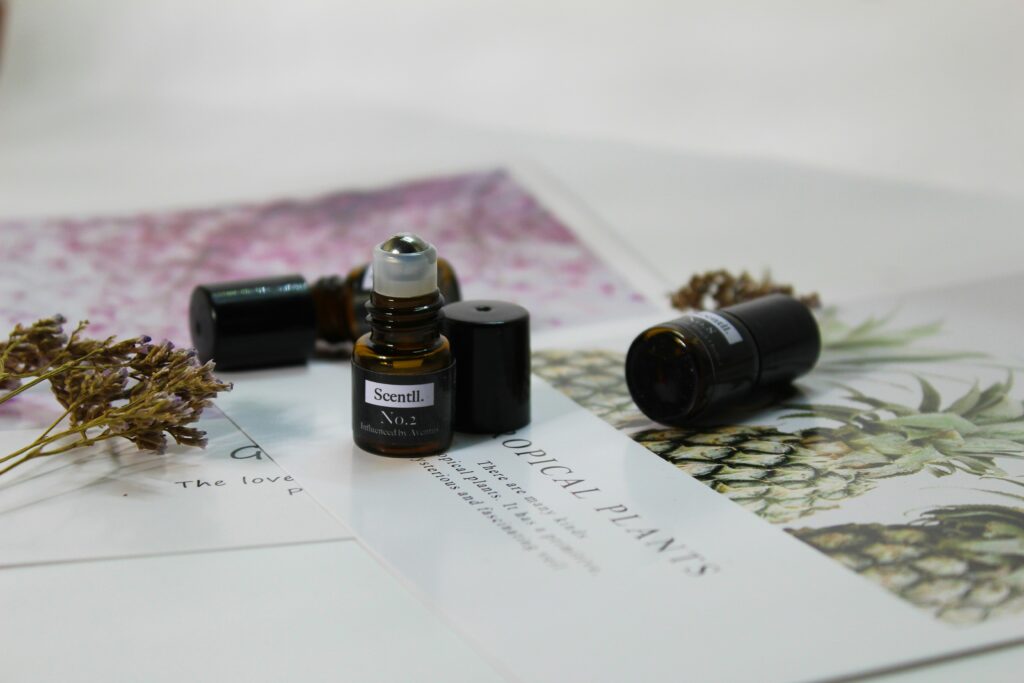Ever stared at your bathroom cabinet, overwhelmed by the endless sea of moisturizers? Yeah, me too. But what if I told you the secret to glowing skin has been hiding right under your nose—and it’s called essential fatty acids? Let’s dive into how this organic skincare powerhouse can give you the radiant complexion you’ve always craved.
Table of Contents
- Why Your Skin Craves Essential Fatty Acids
- Step-by-Step Guide to Using Organic Moisturizers with EFAs
- Best Practices for Incorporating EFAs Into Your Routine
- Real-Life Transformations with EFAs
- Frequently Asked Questions About EFAs and Moisturizers
Key Takeaways
- Essential fatty acids are vital for skin health but cannot be synthesized by the body.
- Natural sources like evening primrose oil and avocado make excellent additions to organic moisturizers.
- Avoid overloading on oils; balance is key to preventing greasiness or breakouts.
Why Does Skin Need Essential Fatty Acids Anyway?

I once slathered coconut oil all over my face thinking I was doing something revolutionary. Spoiler alert: That “miracle cure” left me shiny, sticky, and breaking out faster than you can say #FacePalm.
Turns out, the real hero wasn’t just any oil—it was essential fatty acids (EFAs), specifically Omega-3 and Omega-6. These lipids act as building blocks for your skin barrier—the protective shield keeping moisture in and irritants out.
Optimist You: “Great, so I’ll start guzzling flaxseeds tomorrow morning!”
Grumpy You: “Hold up, friend—it’s not about quantity. Too much EFA-rich skincare without guidance feels like drowning in olive oil.”
How to Use Organic Moisturizers Rich in EFAs Like a Pro
If mastering the art of using EFAs sounds daunting, here’s a straightforward guide:
Step 1: Choose the Right Product
Look for organic moisturizers that explicitly list ingredients like jojoba oil, rosehip seed oil, or argan oil—these are teeming with EFAs. Avoid products packed with synthetic fillers.
- Jojoba Oil: Mimics natural sebum production and locks in hydration.
- Rosehip Seed Oil: Packed with Omega-3 and antioxidants to repair dryness.
- Argan Oil: A multitasker known for nourishing elasticity and reducing redness.
Step 2: Patch Test Before Application
“But isn’t patch testing boring?” Yes—but trust me, skipping it could lead to a disaster worse than popping popcorn kernels near an open flame. Apply a small amount behind your ear or wrist before full-face commitment.
Step 3: Layer Wisely
Think layering skincare is chef’s kiss genius—but only when done correctly. Start light: serums first, followed by lightweight oils, then finish with heavier creams or balms rich in EFAs.
Tips & Best Practices for Maximizing EFAs in Skincare
- Pair EFAs with Antioxidants: Products containing Vitamin C or green tea extract boost collagen synthesis alongside EFAs.
- Don’t Overdo It: Applying half a bottle won’t speed things up—it may cause irritation.
- Eat Your EFAs: Incorporate salmon, walnuts, and chia seeds into your diet for inside-out benefits.
Pro Tip Alert!: Don’t use EFA-heavy products during humid weather unless necessary—they might leave your skin feeling like butter on toast (and not in a good way).
Success Stories: Real People, Real Results
Hear from Sarah, a yoga instructor who struggled with eczema until she switched to an organic moisturizer infused with evening primrose oil. Her testimonial reads:
“Within weeks, my flare-ups calmed down significantly! My skin looks hydrated, supple, and healthy again.” – Sarah L., California

Not convinced yet? Science backs these claims. Studies show that topical application of Omega-3-rich oils reduces inflammation markers associated with acne and chronic dryness.
FAQs About Using Essential Fatty Acids in Skincare
Q1: Can I Mix EFAs With Retinol?
Nope! Combining them directly may overload your skin. Instead, alternate nights between retinol serums and EFA-based moisturizers for best results.
Q2: Are All Oils Safe for Sensitive Skin?
Some oils, like castor oil, might clog pores or trigger reactions. Stick to dermatologist-approved options labeled “non-comedogenic.”
Q3: How Long Until I See Results?
Patience pays off! Expect visible improvements within 4–6 weeks of consistent use.
Conclusion: Glow Up, Naturally
Incorporating organic moisturizers rich in essential fatty acids doesn’t have to feel like deciphering ancient scrolls. From hydrating depths to calming inflammation, EFAs work wonders both internally and externally—just don’t drown yourself in jars of goop.
So grab your favorite EFA-packed product, sip some coffee (because let’s be real—you deserve it), and get ready to glow naturally. And remember…hydration goals come step-by-step, not overnight!
Like trying to revive a Tamagotchi, great skin demands daily TLC with EFAs—consistency is queen!


